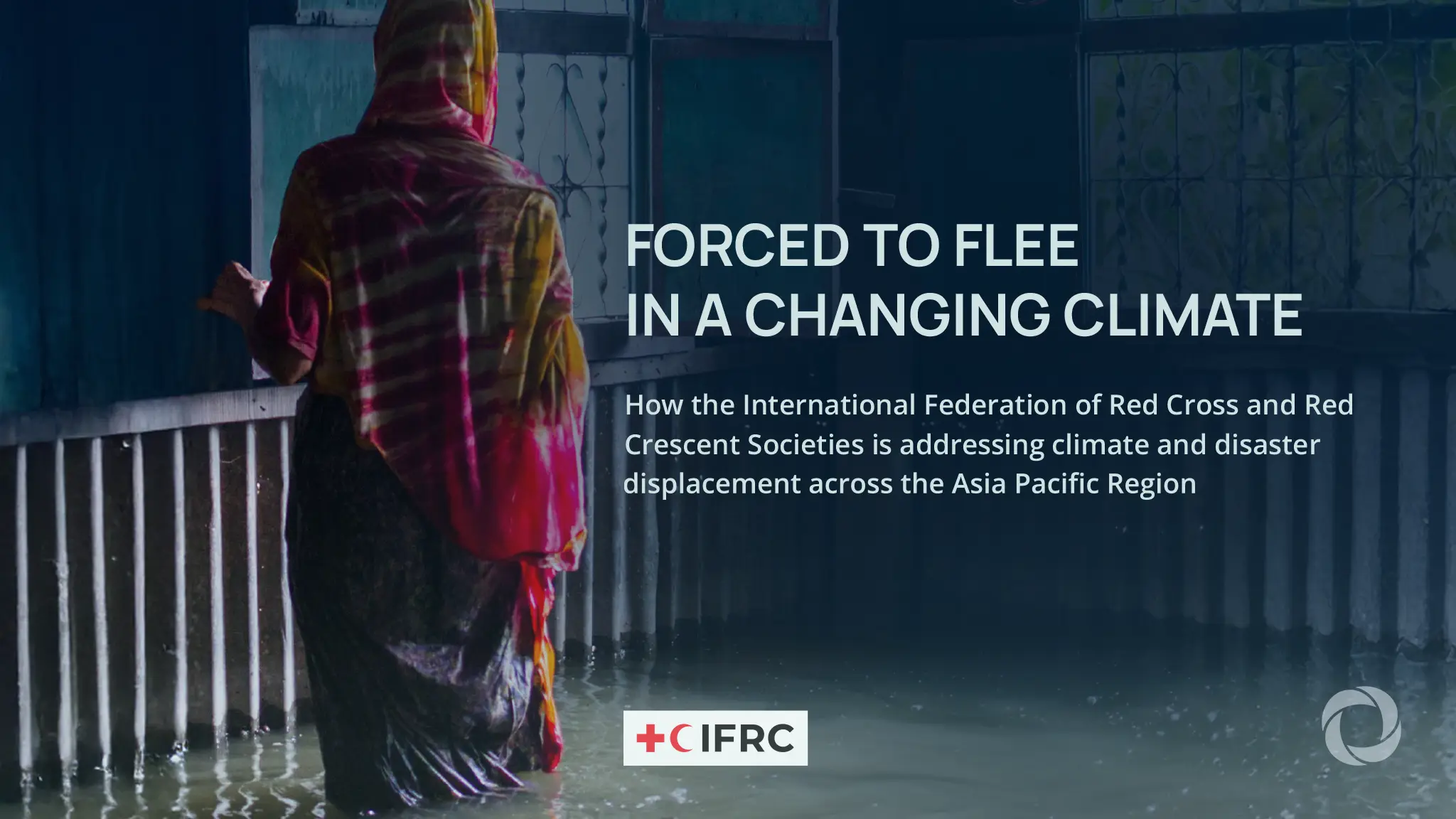Climate-related disasters forced 24 million people from their homes across Asia Pacific in 2024 – more than half of all disaster displacement worldwide – but local communities are fighting back with innovative solutions, the International Federation of Red Cross and Red Crescent Societies announced in the latest research. The new report “Forced to Flee in a Changing Climate” documents stories from 21 countries showing how floods, storms, heat waves, and droughts are getting stronger and more frequent.
People face repeated displacement as disasters overlap with conflicts, poverty, and shortages of food and water. Women, children, elderly people, and the poor get hit hardest by these crises. But the report also highlights how communities are adapting and preparing instead of just waiting for help after disasters strike.
Asia Pacific leads the world in disaster displacement because of its geography and huge population in vulnerable areas. The region gets pounded by typhoons, monsoons, earthquakes, and rising seas that affect both tiny islands and massive cities. Climate change makes everything worse by supercharging storms and creating more extreme weather patterns. Many people get displaced multiple times as their homes become unlivable or dangerous to stay in.
The report shares 39 stories of communities taking charge of their own safety and survival. In Bangladesh’s Cox’s Bazar refugee camps, over 3,300 volunteers help deliver early warnings and evacuate people before cyclones hit. Fiji’s Red Cross uses weather forecasts to give fishermen and farmers boats kits and crop storage supplies ahead of storms, protecting their livelihoods before disasters arrive. In Mongolia, herders facing brutal winters get cash help, animal feed, and shelter construction to survive extreme cold and drought. “For millions of people across Asia Pacific this is not a distant possibility, it is a daily reality,” said IFRC Regional Director Alexander Matheou.
Red Cross and Red Crescent groups work with communities on preparation, early warning systems, evacuation plans, and recovery programs. They focus on helping people adapt to changing conditions rather than just responding after disasters happen. Many programs are led by people who’ve been displaced themselves and understand what works best. Better weather forecasting and community-driven warning systems also save lives by giving people time to prepare.
For humanitarian workers and development professionals, this report shows how local action can work even in the world’s most disaster-prone region. The emphasis on community leadership and preparation makes sense because outside help often arrives too late to prevent the worst damage. The scale of displacement – 24 million people in one year from one region – demonstrates why climate adaptation needs massive investment now rather than waiting for more disasters. The success stories prove that even vulnerable communities can build resilience when they get the right support and training.

